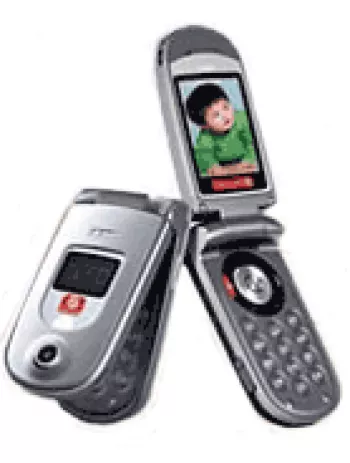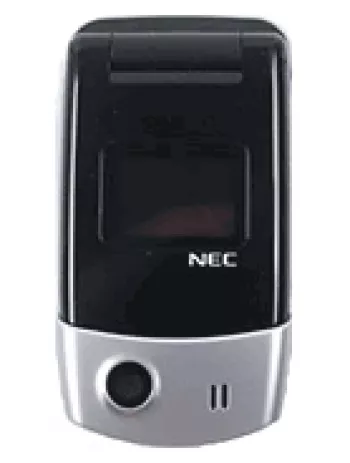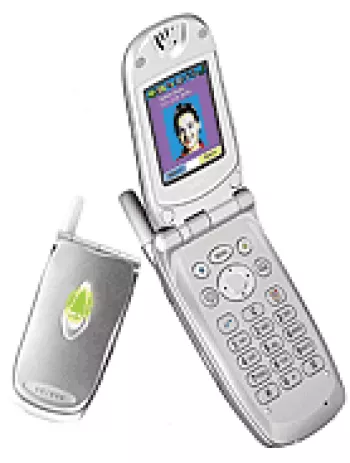
Overview of NEC e373
The NEC e373 was a feature phone launched in May 2006 by the Japanese electronics company NEC. This compact and functional device served as a basic communication tool during a time when smartphones were still in their infancy. Understanding the features and capabilities of the NEC e373 offers insight into the evolution of mobile technology.
Design and Build
The NEC e373 was designed with a focus on simplicity and portability. It measured 92 x 44 x 19.2 mm and weighed a mere 90 grams, making it easy to carry in a pocket or purse. The phone featured a small 1.9-inch TFT display with a resolution of 176 x 220 pixels. The device's body was made of durable plastic, ensuring it could withstand daily use. Its compact size and lightweight nature were ideal for users seeking a no-frills mobile experience.
Display
The NEC e373 sported a 1.9-inch TFT display capable of displaying 65K colors. While the display size and color depth were modest, it was sufficient for a device primarily used for calls and basic messaging. The screen's resolution of 176 x 220 pixels offered a pixel density of approximately 148 ppi, providing clear visibility for text and simple images.
Network and Connectivity
This device supported GSM and UMTS network technologies, operating on GSM bands 900/1800/1900 and UMTS 2100. Its connectivity capabilities allowed users to make 3G calls with a speed of up to 384 kbps, which was considered fast at the time of its release for mobile devices.
Camera
The NEC e373 was equipped with a VGA rear camera for basic photography and video capture. Although the 0.3MP camera would not be suitable for high-quality photos by today's standards, it adequately served the needs of users seeking to capture quick snapshots or video clips. Additionally, the phone featured a VGA front camera for video calls, which was a valuable feature for a feature phone.
Battery Performance
The device housed a removable Li-Ion 1000 mAh battery. This battery capacity provided a standby time of up to 250 hours and a talk time of approximately 3 hours and 40 minutes. The ability to remove and replace the battery added to the device's longevity, as users could carry spare batteries for extended usage periods.
Memory and Storage
With 32MB of internal storage, the NEC e373 was limited in terms of multimedia storage compared to modern smartphones. However, considering its primary function as a communication tool, this storage was adequate for storing contact lists and a few downloaded ringtones. Unfortunately, the absence of a memory card slot meant users could not expand the phone's storage capacity.
Messaging and Applications
The NEC e373 supported SMS and MMS messaging, allowing users to send text messages and multimedia messages with photos and audio. The device came with a WAP 2.0/xHTML browser for basic internet browsing and Java support (MIDP 2.0) for running simple applications and downloadable games. Although the phone's application capabilities were limited, they were in line with the expectations for feature phones of that era.
Sound and Alerts
The device was equipped with a loudspeaker for calls and media playback. It supported vibration alerts and downloadable polyphonic ringtones, offering users a degree of customization for incoming calls and notifications. Notably, the phone lacked a 3.5mm headphone jack, which was a common trait among feature phones at the time.
Additional Features
The phone included a basic phonebook with the capacity to store up to 500 contacts, along with call record storage for 20 dialed, received, and missed calls. Additional functionality included downloadable games, offering users entertainment options when needed.
Conclusion
The NEC e373 showcases the design and functionality principles prominent in mid-2000s feature phones. It provided essential communication tools in a compact and durable form factor. Though it lacks the advanced functionality and high-speed connectivity of modern smartphones, the NEC e373 was valued by users for its reliability and simplicity, illustrating the tech landscape of its time.
Key Features of NEC e373
- Supports both GSM and UMTS networks
- Compact and lightweight design
- TFT display with 65K colors
- 1.9-inch screen with a resolution of 176 x 220 pixels
- Store up to 500 contacts with photo call capability
- Internal memory of 32MB
- VGA main camera with video support
- VGA video call front camera
- Downloadable polyphonic ringtones
- Removable Li-Ion 1000 mAh battery
- Standby time up to 250 hours and talk time up to 3 hours 40 minutes
- WAP 2.0/xHTML browser support
- Java MIDP 2.0 support
NEC e373 Main Disadvantages
- No memory card slot for expandable storage.
- Limited internal memory of only 32MB.
- Basic VGA camera, both for main and selfie camera.
- Small screen size of 1.9 inches with low resolution.
- No 3.5mm headphone jack.
- Lacks modern connectivity options such as WLAN, Bluetooth, GPS, and Radio.
- Proprietary USB connection instead of a standard one.
- Discontinued and no longer supported by the manufacturer.


View Also
More Phones
All Rights Reserved +14266 Phones © Mobilawy 2025

























